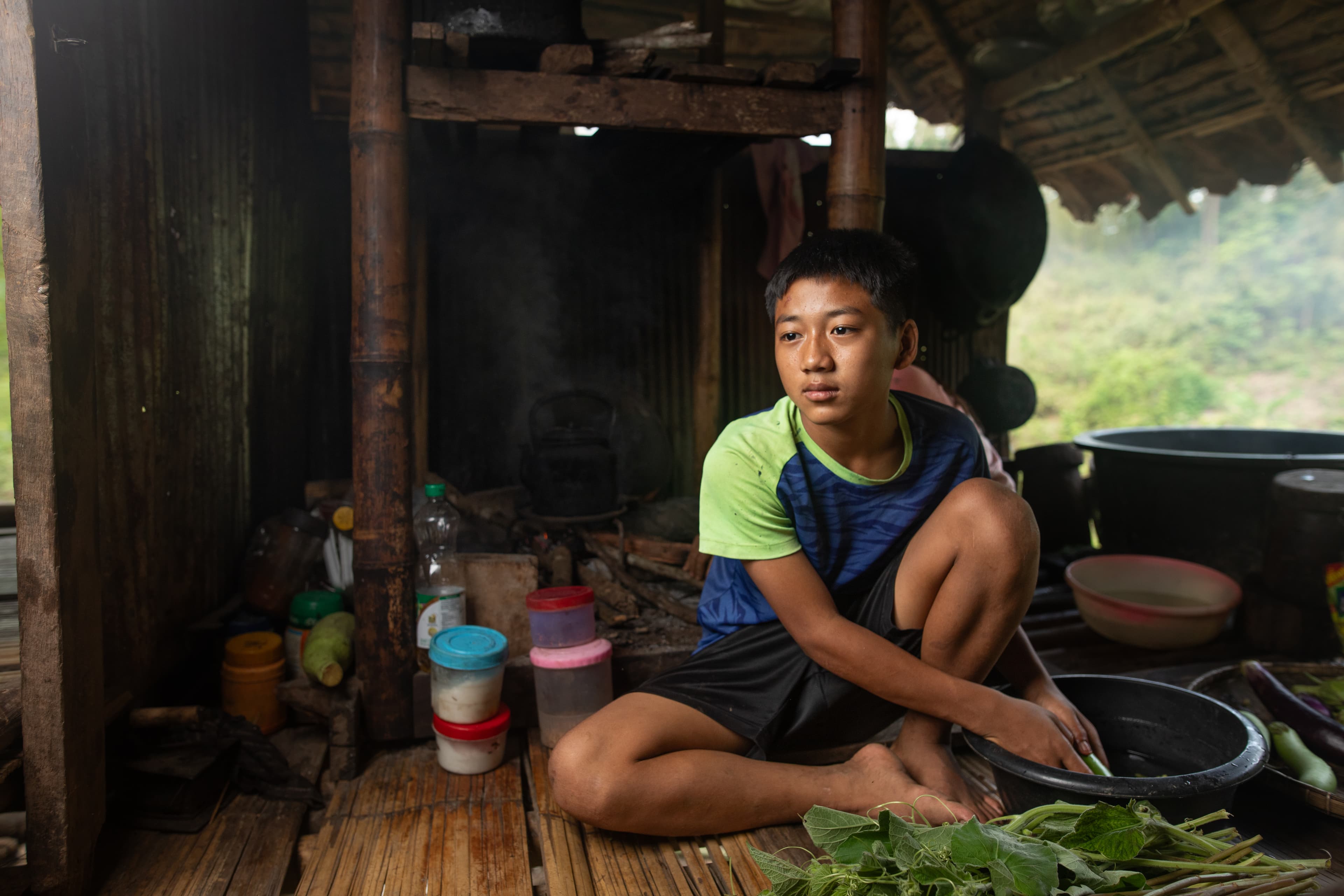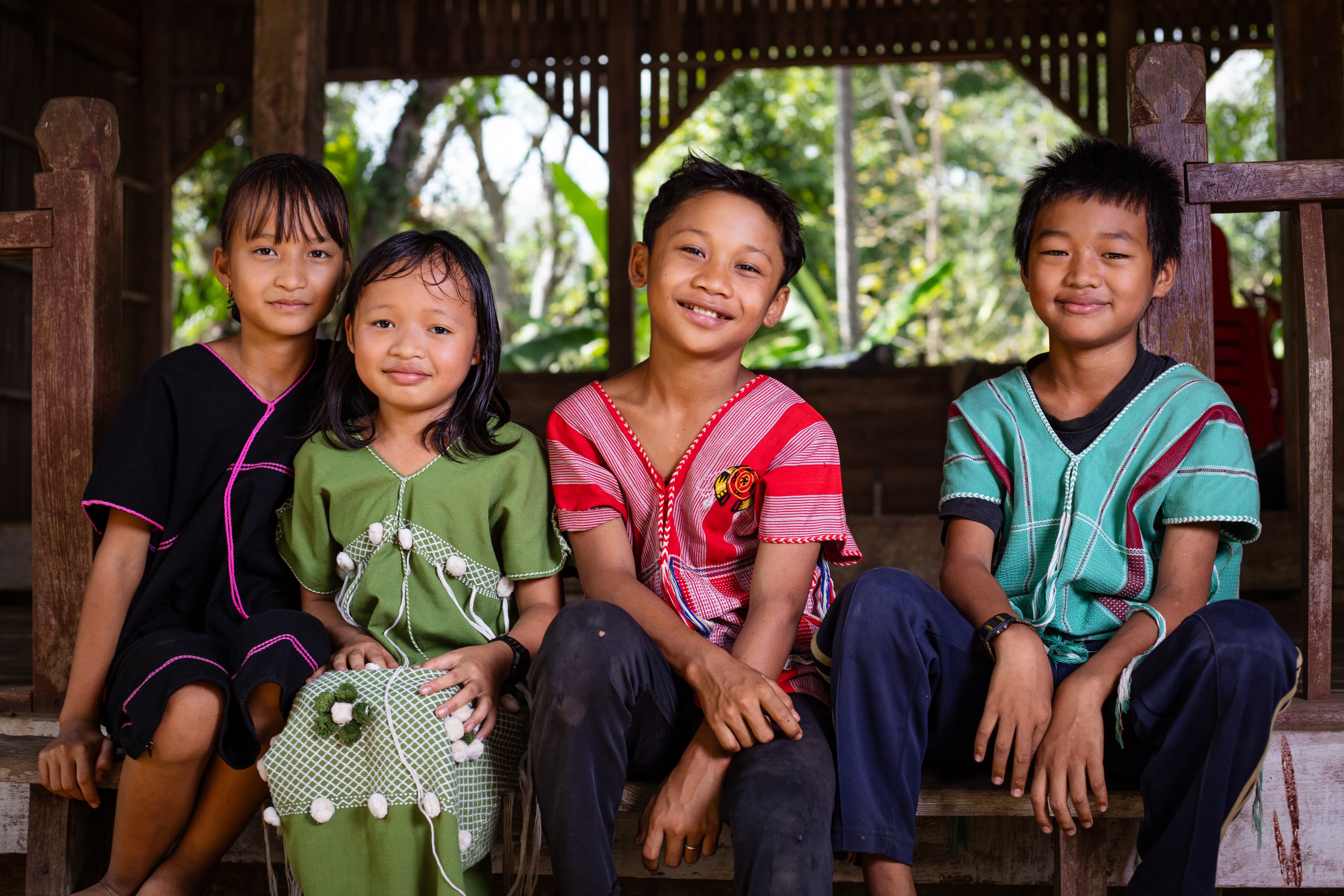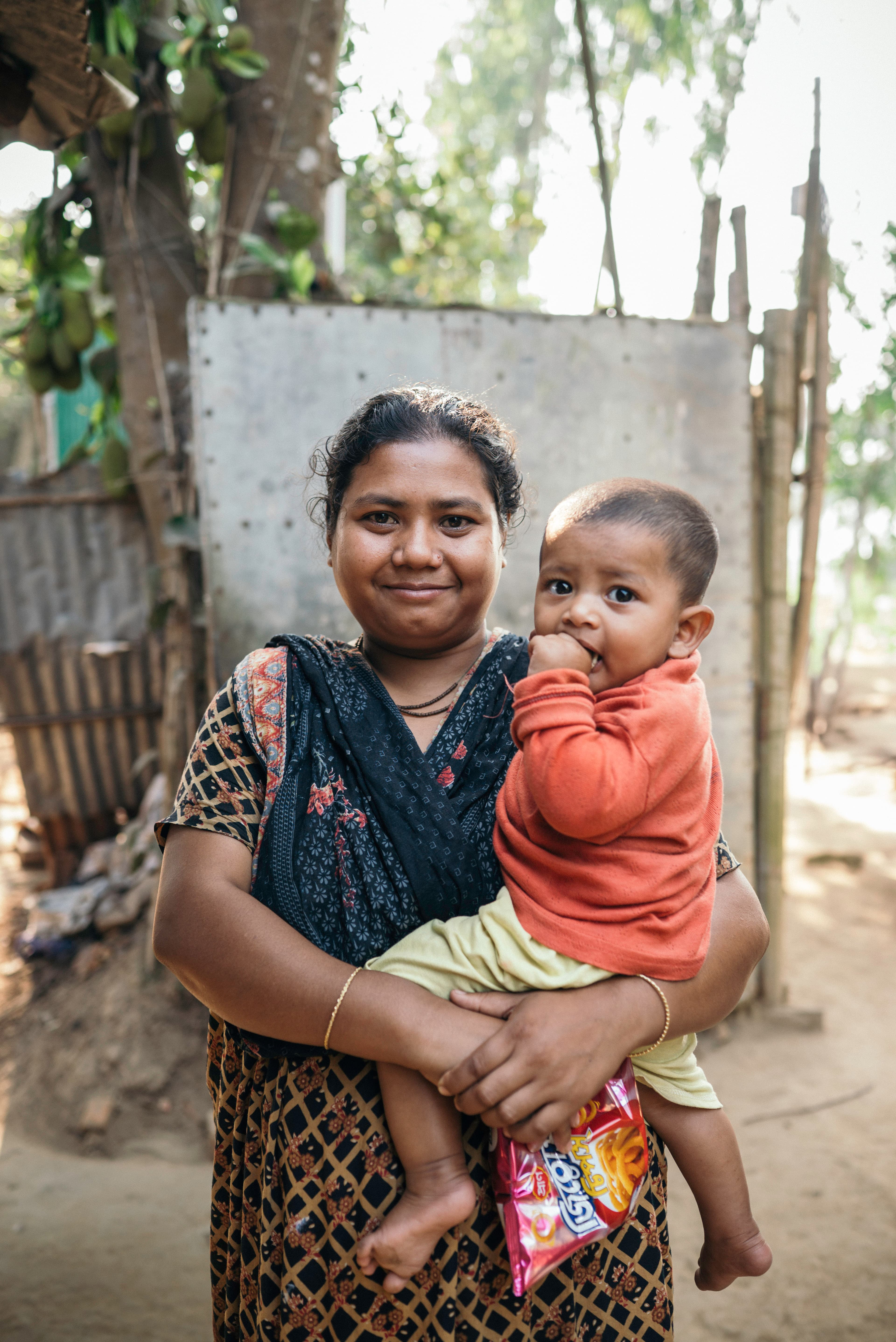The Reality of Poverty in Asia
According to the World Bank, more than 330 million people in Asia live in extreme poverty. This means they must survive on less than $3.00 a day. Everything they need — nutritious food, shelter, clothing, transportation — must come from this small amount.
Sadly, this amount is far from enough. Children in extreme poverty may suffer from preventable diseases, malnutrition, a lack of medical care and other consequences that hurt their well-being.
These impacts make children feel valueless and hopeless, preventing them from seeing a brighter future beyond poverty.
The Inequality of Economic Growth in Asia
While Asia and the Pacific have experienced economic growth in recent decades, that growth has not reached everyone. Many children and families continue to live below the global poverty line.
A large percentage of the region’s population works in agriculture, particularly in rural areas where opportunity remains limited. Over 33% of adults in rural Asia-Pacific communities experience moderate or severe food insecurity, compared to 26 % in nearby urban cities — showing the inequity in food access for families outside city centers.
Higher-paying jobs tend to be in cities and require training or education that many adults have not been able to access. Even when families are willing to relocate, cost and barriers to opportunity often prevent them from doing so.
These consequences and devastating inequalities for impoverished families and children living in Asia perpetuate the cycle of poverty.
Poverty Is More Than a Lack of Money
While global poverty is measured in dollars per day, poverty is ultimately a lack of opportunity. Children in poverty are often denied the ability to learn, grow, feel safe or hope for a better future.
When survival is a daily struggle, it limits the ability to plan ahead or dream. Over time, poverty can create hopelessness, making it even harder for families to take advantage of any opportunity that does arise.
Factors That Worsen Poverty in Asia
Natural Disasters
The Asia-Pacific region experiences more natural disasters than any other part of the world. In 2022, over 64 million people across Asia were affected by events like cyclones, floods and earthquakes. In 2023, 79 major storms and floods caused more than 2,000 deaths and affected another nine million people.
Hunger
In Asia alone, more than 380 million children and adults are not receiving the proper nutrition they need. This widespread deficiency doesn’t just mean empty stomachs — it has lifelong consequences.
A lack of essential nutrients during the critical early years of development can severely impact both physical growth and brain development.
Malnourished children are at risk of stunting (low height for age), wasting (low weight for height) and other serious health complications. Beyond the physical effects, malnutrition can hinder a child’s cognitive development, making life as an adult much harder than it would be for a child receiving proper nutrition.
According to the Food and Agriculture Organization of the United Nations, 52% of all the world’s malnourished children live in Asia.
Inadequate Sanitation
According to UNICEF, 300 million people in South Asia must still practice open defecation. Lack of proper sanitation and clean water leads to diarrheal diseases — the second leading cause of death among children under five.
The WHO estimates nearly half of these deaths could be prevented or adequately treated with access to proper health care, clean water and proper nutrition.
Lack of Medical Care
It is estimated that across Asia, 45% of child deaths under the age of five are related to child malnutrition.[/blog/child-malnutrition/] Diarrhea, pneumonia and malaria are all treatable, but millions of children lack access to the medical care that could save their lives.
How Can You Help Reduce Poverty in Asia?
Breaking the cycle of poverty for children in Asia requires consistent care that addresses every area of a child’s life.
That means providing access to food, clean water, medical care and education in an environment where children are safe, known and loved. It also means sharing the bright hope of the gospel, which transcends dark circumstances.
At Compassion, we partner with local churches across Asia to walk alongside children in their communities — offering practical support and long-term hope.
Through this partnership, children receive:
The opportunity to experience the love of Jesus.
Nutritious meals and medical care.
Educational support and vocational training.
Protection from abuse and exploitation.
Emergency care after disaster.
A safe and caring environment where they can grow.
When you sponsor a child or give to Compassion, you're coming alongside the local church to provide consistent care that equips a child to overcome poverty and grow into a thriving follower of Jesus.


